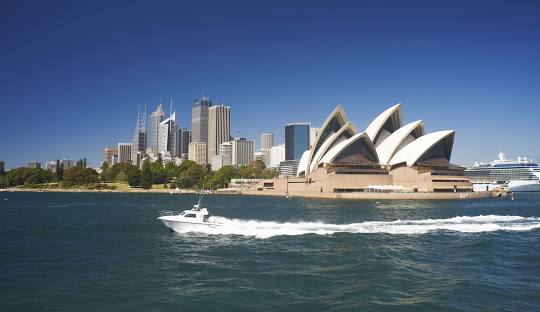
Sydney’s Ecology and Climate: A Dynamic Natural Environment
Posted by on
Sydney's ecology is shaped by its diverse vegetation communities, rich biodiversity, and distinct climate. The region is predominantly characterized by grassy woodlands, known as savannas, and pockets of dry sclerophyll forests, home to iconic Australian plants such as eucalyptus trees, wattles, grevilleas, and banksias. These plants are well adapted to the region’s relatively low soil fertility, with rough, spiky leaves as a common feature. The wetter, elevated areas in the north and northeast support wet sclerophyll forests, with tall trees and a moist understory of soft-leaved shrubs, tree ferns, and herbs.
The most notable vegetation communities in Sydney include the Cumberland Plain Woodland in the west, the Sydney Turpentine-Ironbark Forest in the Inner West and Northern Sydney, and the critically endangered Eastern Suburbs Banksia Scrub along the coastline. The Sydney Sandstone Ridgetop Woodland, found in Ku-ring-gai Chase National Park on the Hornsby Plateau, adds to the city’s ecological diversity.
Sydney is also home to a variety of animal species, including native birds such as the Australian raven, magpie, crested pigeon, and pied currawong, alongside introduced species like the common myna and house sparrow. Reptile species, particularly skinks, are common in the region, and Sydney’s mammal and spider populations include the grey-headed flying fox and the venomous Sydney funnel-web spider. The city’s marine life is equally diverse, with numerous species inhabiting its harbour and beaches.
Sydney experiences a humid subtropical climate, characterized by warm, occasionally hot summers and mild winters. This climate is influenced by several factors, including the El Niño–Southern Oscillation and the Indian Ocean Dipole, which contribute to the city's weather extremes. The city experiences a variety of weather patterns, from drought and bushfires to storms and flooding, depending on the oscillation phases. Sydney’s proximity to the ocean moderates temperatures, with the central business district (CBD) benefiting from the oceanic climate, while the inland western suburbs experience more extreme temperatures.
Temperatures in Sydney’s CBD range from highs of 45.8°C (114.4°F) to lows of 2.1°C (35.8°F), with average summer temperatures often exceeding 30°C (86°F). The metropolitan area can see temperatures as high as 48.9°C (120°F), as recorded in Penrith in 2020. The city enjoys an average of 7.2 hours of sunshine per day, though certain areas, especially coastal suburbs, experience an urban heat island effect, making them more susceptible to extreme heat.
Rainfall in Sydney is relatively consistent, though recent years have seen a shift towards more summer-dominant precipitation patterns. The city experiences most of its rainfall during summer and autumn, with occasional heavy rain events caused by east coast lows or ex-cyclones. While snow is rare, Sydney has seen occasional instances of graupel, often mistaken for snow.
Overall, Sydney’s unique combination of geography, ecology, and climate creates a dynamic environment that influences the city’s urban development, lifestyle, and biodiversity.